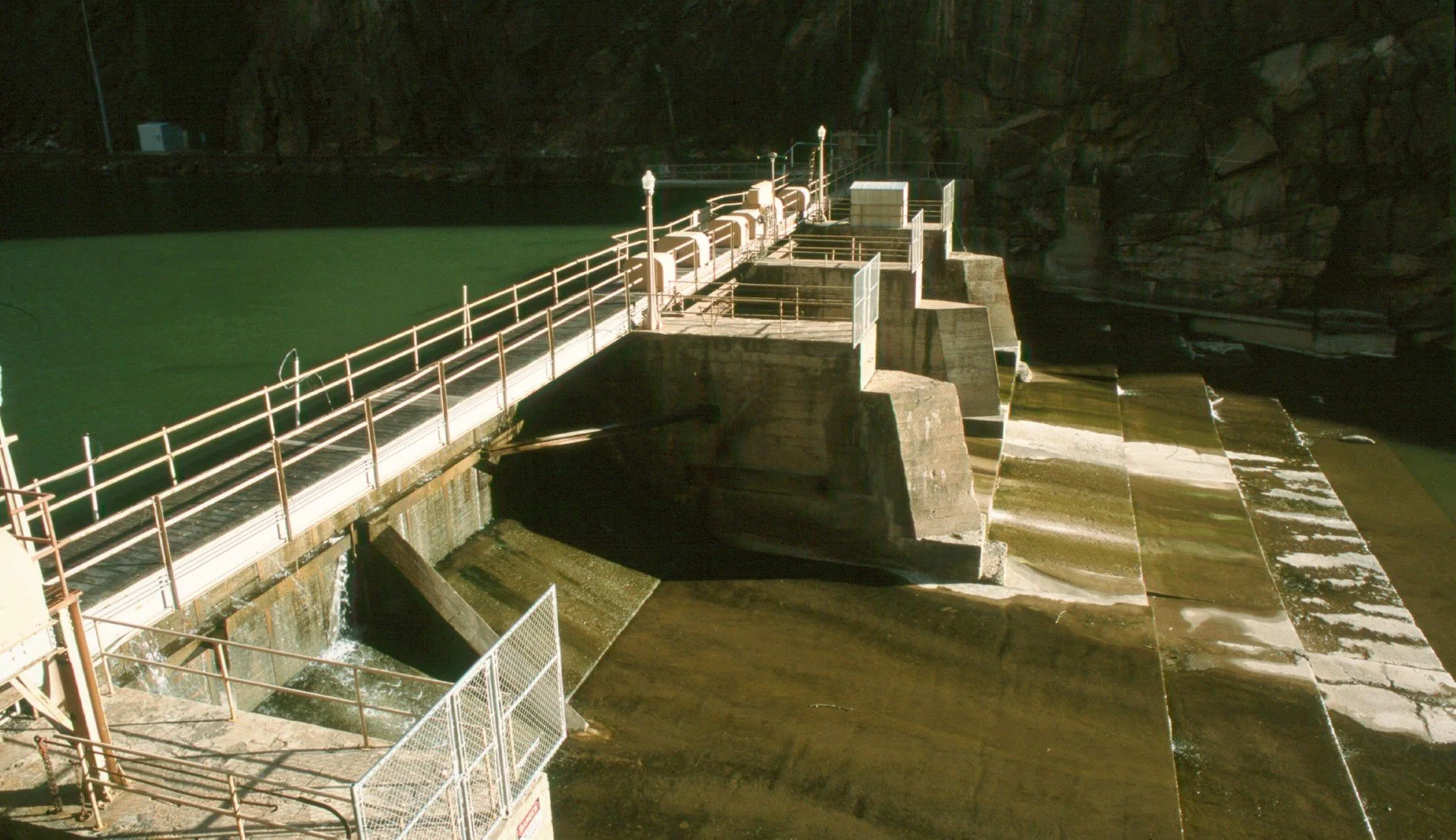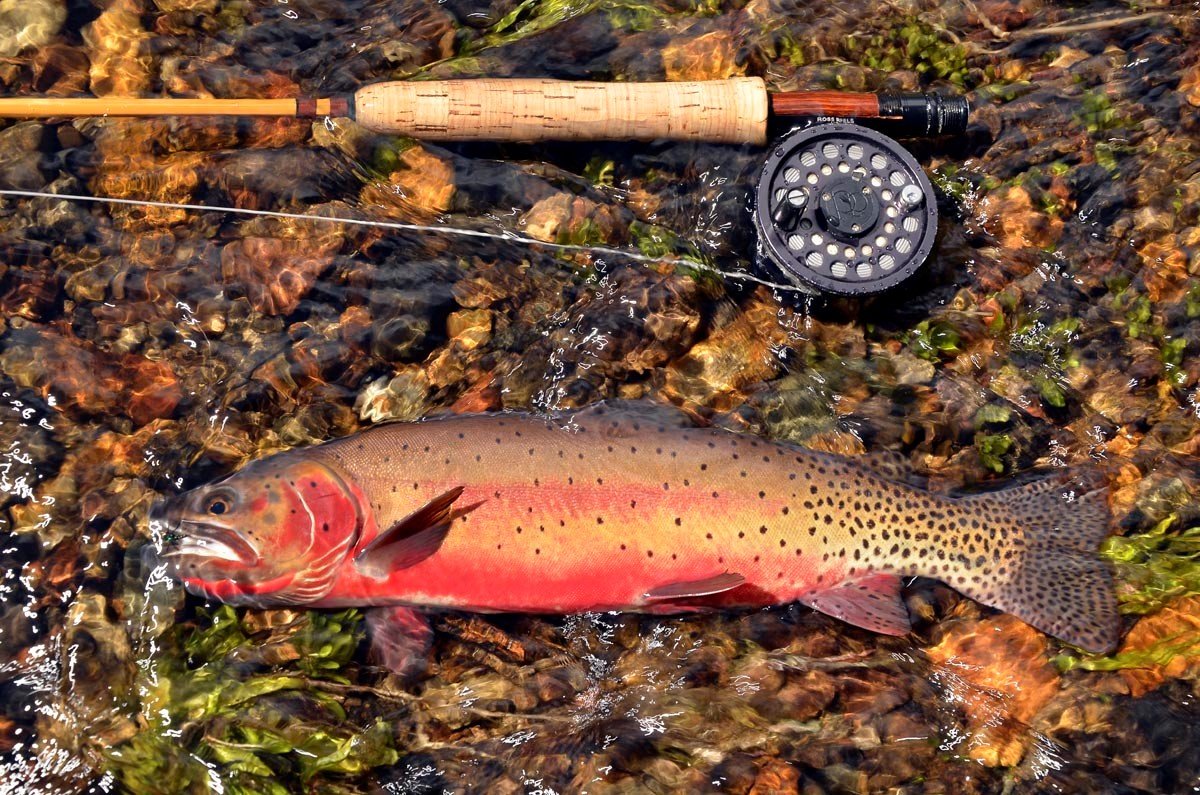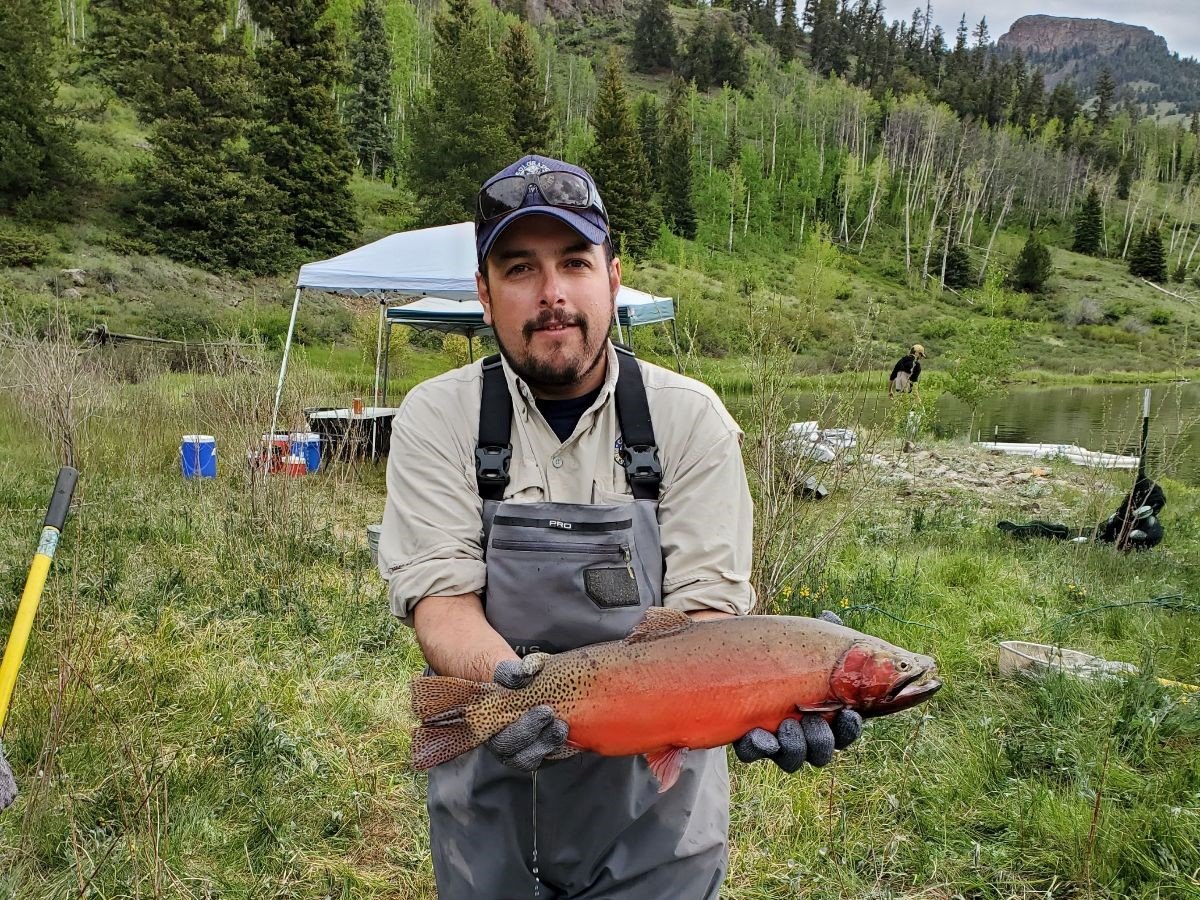Photo courtesy of CPW
Dec. 12, 2024
MONTE VISTA, Colo. – Decades of work by Colorado Parks and Wildlife staff and partner organizations was recognized this week when the U.S. Fish and Wildlife Service announced its decision to not list the Rio Grande cutthroat trout under the Endangered Species Act (ESA).
Colorado Parks and Wildlife commended the USFWS for its Dec. 9 decision that acknowledged the critical partnerships that have ensured the species is not in danger of extinction or likely to become in danger of extinction in the foreseeable future.
“CPW staff have worked tirelessly for decades to ensure Rio Grande cutthroat trout continue to persist,” said Matt Nicholl, CPW’s Assistant Director of Aquatic Wildlife. “The responsibility of successfully managing this species deeply aligns with our mission, and we are thankful for the continued support and collaboration with all of the partners who have made this announcement possible.”
CPW, along with several agencies and species experts, consulted with the USFWS during its status review for the Rio Grande cutthroat trout.
Since 2003, CPW and multiple partners, including federal agencies, states, tribes, municipalities, non-government organizations and private landowners, have worked to conserve the species and implement long-term management actions to ensure their persistence.
The collaborative framework of the group was updated in 2013 and again in 2023 with a conservation agreement and conservation strategy that outlined long-term conservation objectives for the species.
CPW aquatic biologist Estevan Vigil holds Rio Grande cutthroat trout during wild spawning operations.
“This decision is in response to all of our hard work between all of our partners,” said CPW aquatic biologist Estevan Vigil. “The whole Rio Grande Cutthroat Conservation Team, this is a win for all of us and shows we’re working hard to conserve the species without making that federal protection necessary and that we are making gains for the species.
“The decision to not list the Rio Grande cutthroat doesn’t mean we can stop. It just means we are on the right track.”
The Rio Grande Cutthroat Trout Conservation Team meets in January each year to coordinate rangewide goals and objectives. Vigil said the team serves to provide checks and balances to each other to make sure holistic goals are met.
“Following that meeting, we all go back to the areas we manage and divide and conquer all summer to meet the goals set of conserving this species,” Vigil said. “Through this shared commitment to collaborate and take actions, the future for this native species is bright throughout the Rio Grande Basin.”
Rio Grande cutthroat trout can be found in high elevation streams and lakes of the Rio Grande, Canadian and Pecos River drainages in Colorado and New Mexico, giving it the southern-most distribution of any form of cutthroat trout. It now occupies only 12 percent of its historic habitat in approximately 800 miles of streams. Biologists estimate that 127 conservation populations now exist in the two states, and 57 of those populations are considered to be secure.
The conservation team has conducted 13 reclamation projects to restore the fish to its native streams in the past decade, and additional projects in Colorado will soon lead to further conservation populations.
Threats to Rio Grande cutthroats primarily come from non-native trout such as brook, brown and rainbow trout. Those fish will outcompete, prey upon and hybridize with Rio Grande cutthroats. Additional threats include habitat degradation, dewatering, drought and whirling disease. As a result, pure populations of Rio Grande cutthroat trout are restricted primarily to headwater streams.
Recognizing declines, CPW initiated conservation efforts for this species in the early 1980s. Work included genetic testing, invasive species removal, habitat protection and enhancement, and broodstock development.
CPW also identified the Rio Grande cutthroat as a Tier I Species of Greatest Conservation Need under the State Wildlife Action Plan.
Over the past three decades, CPW and its partners have added 94 populations of pure Rio Grande cutthroats for a total of 238.5 miles of stream. This has been accomplished through chemical reclamations and numerous habitat and connectivity enhancements related to these species.
In Colorado, Rio Grande cutthroats are spawned in the wild by CPW biologists and eggs are raised at the Monte Vista Hatchery. Since 2020, CPW has stocked 24 waters with Rio Grande cutthroats raised at the hatchery.
CPW was able to announce a new conservation population of Rio Grande cutthroat trout in 2023 when a survey revealed multiple age classes of the species following a successful 2015 restoration project on the Roaring Fork drainage upstream of Goose Creek in the Weminuche Wilderness. The project added eight miles of pure Rio Grande cutthroat stream.
Recent reclamation projects have also been conducted on the North Fork and South Fork of Trinchera Creek, Sand Creek, and Rito Hondo Reservoir, but those populations won’t count as conservation populations until future surveys reveal multiple age classes of Rio Grande cutthroats. CPW’s goal is to create a new broodstock population at Rito Hondo.
“We are continuing to reclaim waters for native cutthroat trout by removing non-native fish and restocking with natives,” Vigil said. “We have a lot of projects and some in the process of being rebuilt. We know we are making good progress on the conservation of the species, and this is confirmation we are doing our jobs correctly and making progress.”
Over the past two years, species experts from CPW have served on the Technical Advisory Team to support USFWS in developing a Species Status Assessment (SSA). This included providing thorough input on early drafts of the SSA and enhancing the scientific accuracy and defensibility of this document to support an informed listing decision.
“CPW biologists played a significant role in the writing of this strategy, which details specific conservation actions and collaborative approaches that will reduce and/or eliminate threats to the long-term viability of the species,” said CPW Senior Aquatic Biologist Jim White. “Following this announcement from the USFWS, we look forward to continued partnership with the conservation team as we continue to advance conservation goals for these unique species.”
CPW thanks all of the partners that have helped lead to the success of Rio Grande cutthroat trout recovery:
Trout Unlimited
New Mexico Department of Game and Fish
U.S. Fish and Wildlife Service
U.S. Forest Service
Bureau of Land Management
National Park Service
Jicarilla-Apache Nation
Mescalero-Apache Nation
Taos Pueblo Tribe
Western Native Trout Initiative
Coalition of Colorado Counties
Turner Enterprises, Inc

























